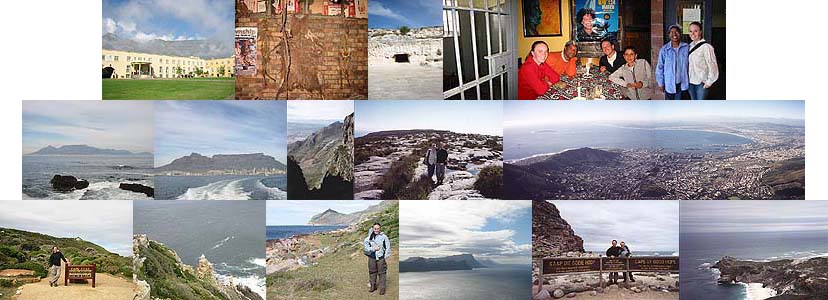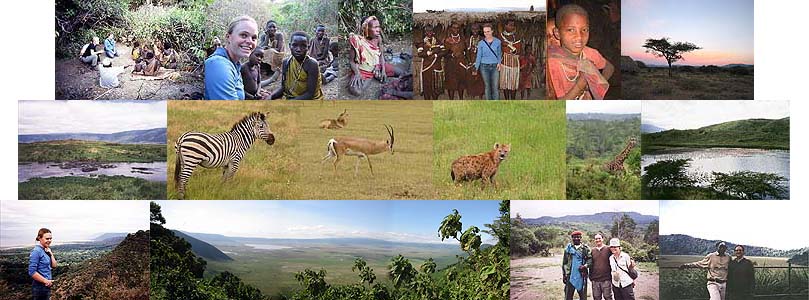












"Fourteen Weeks" is a series of updates that Ethan Gelber and Jane Higgins wrote
as a means of staying in touch with friends and family as they traveled around the world in 2002 and 2003.
Hold the mouse over the small pictures to view the caption and then click on any the picture to see a larger version. |
First 14 Weeks (2002) — Part One: Introduction | Part Two: Australia | Part Three: Hong Kong | Part Four: Africa
Second 14 Weeks (2002) — Part One: Introduction, Ireland | Part Two: Europe and U.S. | Part Three: Europe | Part Four: North America
Third 14 Weeks (2002–2003) — Part One: Introduction, U.S. | Part Two: Mexico, Brazil | Part Three: U.S. | Part Four: U.S., Australia | Part Five: U.S.












